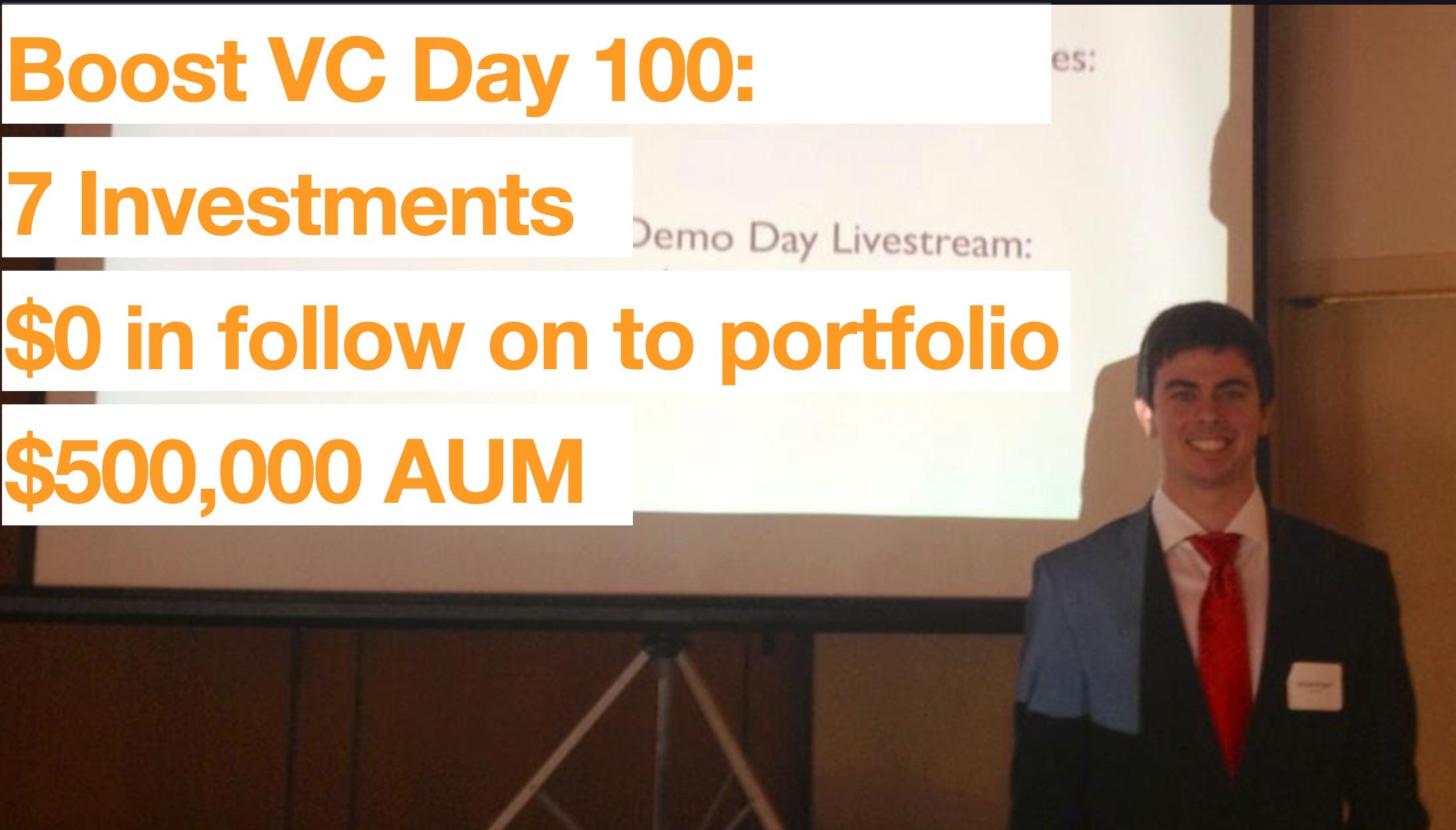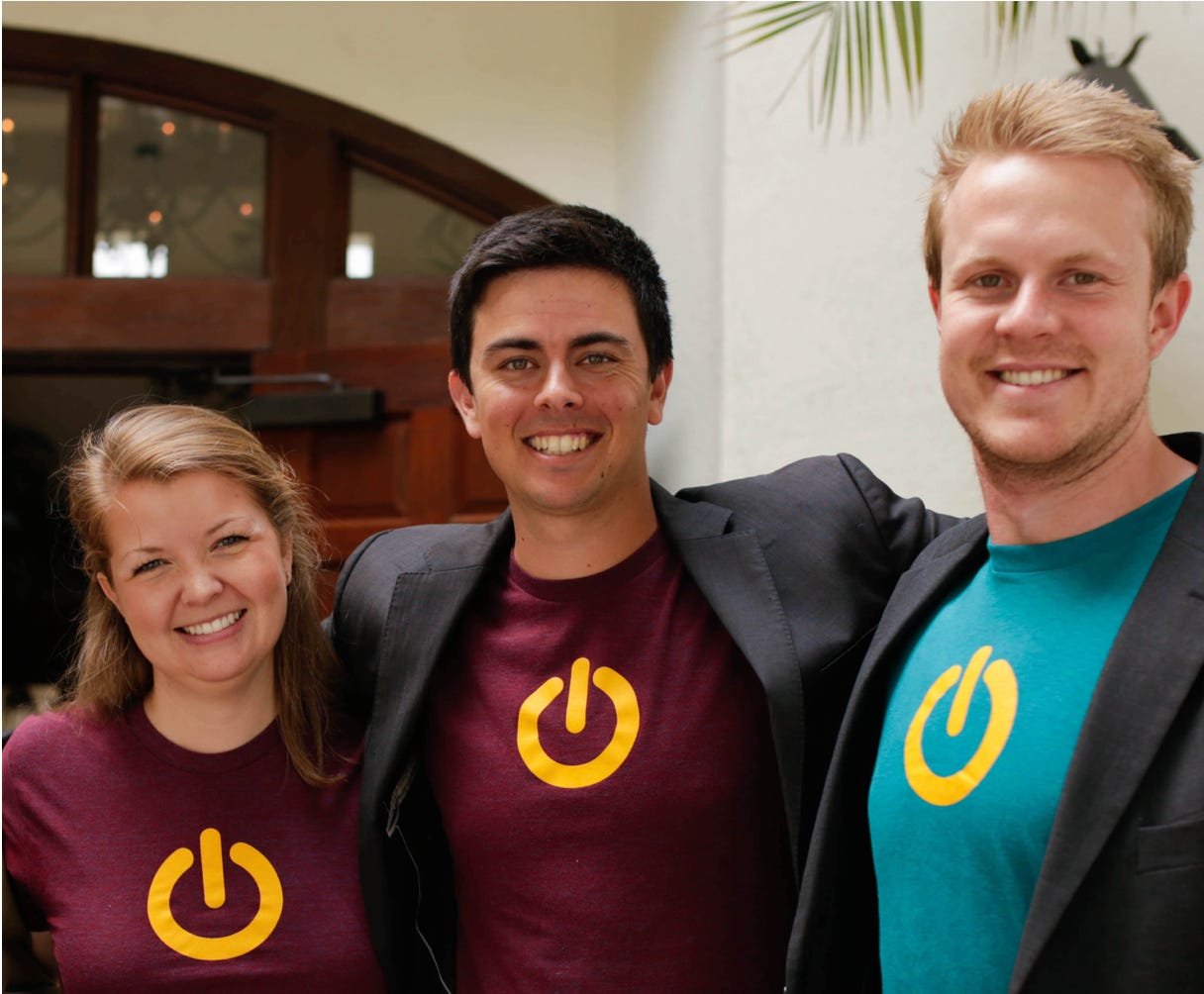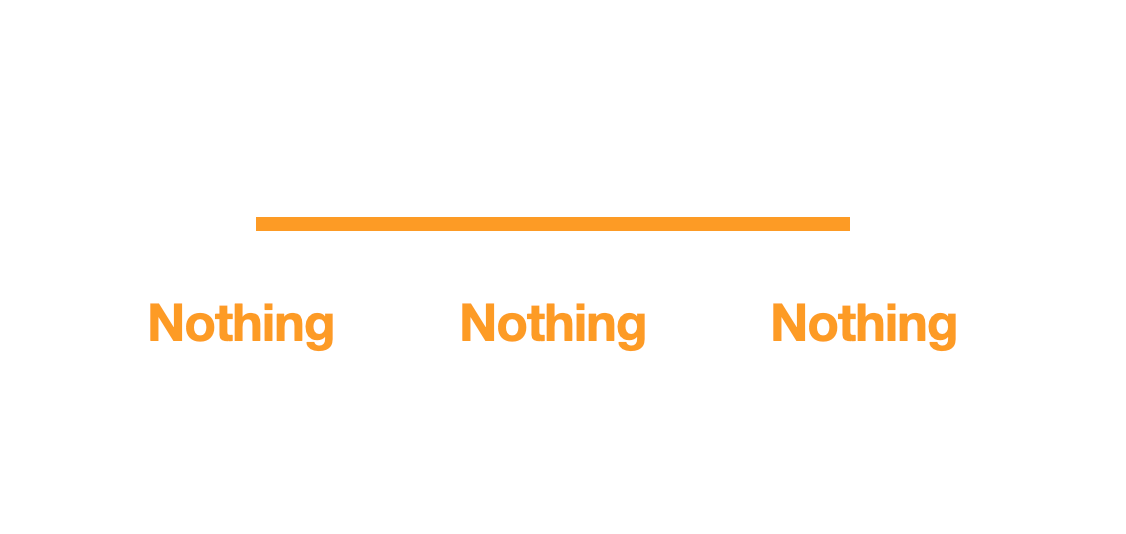Nothing. Nothing. Nothing. Something.
Every year, I revisit the presentation I give to founders. This year I had a realization that Boost VC was past 4000 days of existence. I had yet to see someone look at a startup or VCs progress in terms of number of days, so I dove in.
First you need to know Boost VC is a PreSeed Fund for Deep Tech. The first “Deep Technology” we started with was Bitcoin, and we evolved from there. We invest the first $500k into startups. Our first institutional fund is a top 3% fund of that year, and if you trusted us with your money up to 2019, we have returned you more money than you invested in us… we are only 11 years into the journey.
I’m starting with this chart. This chart is Warren Buffett’s estimated net worth by age. 95% of his net worth was created after the age of 60, and he had been managing money for decades before that point!
Nothing. Nothing. Nothing. Something.
Boost VC began in August of 2012, I founded it with my partner Brayton Williams. We had a general idea of what we wanted to do, which was help startups. The first thing we launched was a crowdfunding website (Boostfunder), yet quickly realized that the founders wanted capital more than a connection to capital, so we took that knowledge and started to invest directly.
This picture is from that first week in my apartment in Mountain View. We had nothing at this point. On Day 1, it’s all exciting, neither of you really know what the product is going to be yet, you have mind melded to create something. Functionally, this is where we were:
$0 investments made
$0 follow on to startups after Boost invested
$500k AUM (Was able to fundraise $500k not for a fund, but we pivoted)
So in basic terms… nothing. No momentum, but we did have a plan. That plan was to have 5-10 investments made and a demo day in the next 100 days. Having a quota for investments wasn’t really a part of the plan, we just needed enough that the network of Boost VC could start and most investors I spoke with felt 5-10 was the number.
So we worked, we created a request for startups, we asked everyone we met to refer us a deal, and we actually built out an accelerator program with speakers and mentors for the investments. We wanted everyone to feel that we were legitimate business people, and the mentors were a selling point that first session of startups. So many founders traveled to our offices to see if we were a “Real Place” that first session.
In that first session of speakers we had:
Logan Green, CEO and Founder of Lyft
Michael Seibel, CEO and Founder of JustinTV/Twitch/SocialCam and no YC president
Bill Clerico, CEO and Founder of WePay
Brian Armstrong, CEO and Founder of Coinbase
This whole group was relatively early in their careers and have since gone on to do incredible things. Lyft had just launched their “Lyft” product, Twitch hadn’t sold to Amazon yet, WePay was an early SMB payment provider, and Bitcoin wasn’t a thing yet.
At the end of 100 days, we put on a Demo Day, just like our plan to launch said, and roughly 70 people showed up to it, probably 15 were investors. My parents and Brayton’s parents were at least 4 of the seats in the audience.
So… If I chart the first 100 days of Boost the line would look something like this:
Nothing. Nothing.
So let’s fast forward a bit. Let’s cover the first 1000 days of Boost VC.
We went heavy into Bitcoin startups
We continued to invest, run a program, launch with a demo day
We started to grow how many investments we did every year
We raised a $6.6m Fund Alpha
We continued to host amazing speakers
We hired Maddie Callander who is now a Partner at Boost VC and has been working with us for 9 years
We started to add new startup Deep Tech sectors like VR
And so here’s a picture of us at our 5th demo day, which is 1000 days into our journey. You see the darkness in my eyes, we were weeks away from not having money to pay salaries. No one thinks about the business side of VC funds, but we ran the line here.
Still in the classic way you measure the success of a fund, we had not become successful… and we were nearly out of capital for the team:
Day 1000:
100 investments made
$40m in follow on invested into portfolio (not high at all)
$7m in AUM
I think somewhere around day 1000, you have to make a decision on who you are and whether you want to do this for a long time. Our team LOVED working with startups, and we didn’t know any better, so we just kept going. The limited success we had was more qualitative than anything, and we knew the people we were supporting had “world changing” abilities even if the rest of the world was a skeptical.
The classic way VC funds are measured is by TVPI or IRR, and no one wanted to invest in our startups because we were so heavily focused on Bitcoin.
So 1000 days into our obsessive venture, and still… nothing.
We knew that we had to raise more money, and that was a struggle, I also knew we had some amazing founders we had backed, who were doing incredible things.
It was a struggle, but we ended up raising our first institutional fund over a 12+ month period and 300+ investor meetings, which doesn’t include calls and reach-outs. I will always be thankful to the Partners who participate in any fundraise we do, but the ones who participated in our “Institutional Fund 1” have a special place in my heart.
Let’s talk about the next 3,000 Days:
We closed a $38m fund
That fund invested in 116 startups
Bitcoin became popular for the first time in 2017
We raised a $40m fund
Crypto became the hottest concept in the market around day in the market, Coinbase goes public, Tokens go nuts
We listened to the market and realized that hard tech was being over-looked, so we deployed heavily into the next wave of aerospace
Somewhere around day 3,000 our fund returned capital to investors, and things began to snowball upwards. Today we stand at:
400 investments made
$2-12B follow on to startups after Boost VC invested (depending on how you count it, we aren’t including Coinbase IPO, but there’s nuance around being the first check into Polychain and some of the other ICOs)
$200m AUM
We returned multiples on funds. And are still holding some incredible companies.
For me the story of Boost VC is a startup story, but as a fund it’s also important to look at this and realize that it’s a long time before things hit. It took Boost VC 8-9 years before anything hit!
Endurance and listening to the customer has gotten us this far, so we are going to continue to do that.
The key is knowing at the earliest stages the startup is the customer, and that the best thing you can do is authentically try to help. I think the core of our team has been doing that for more than 10 years now, and it has compounded.
*Originally published on Adam’s Substack - https://www.adamdraper.vc/
Adam Draper
Managing Director at @BoostVC // Seed investor in @Coinbase, @Amplitude_HQ, @Benchling, Wave Mobile Money // Board Member of @Skybound I like comic books. #Bitcoin








